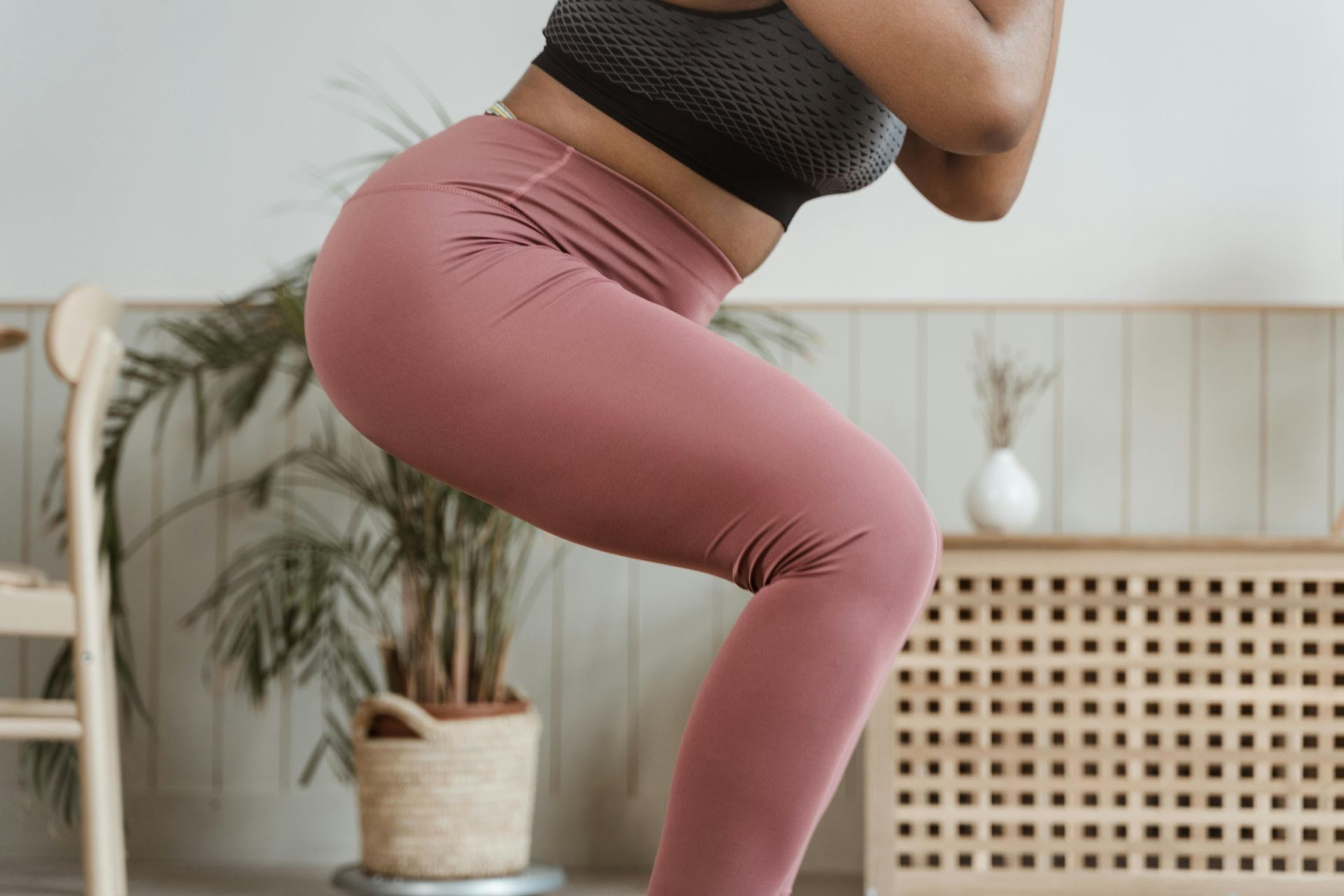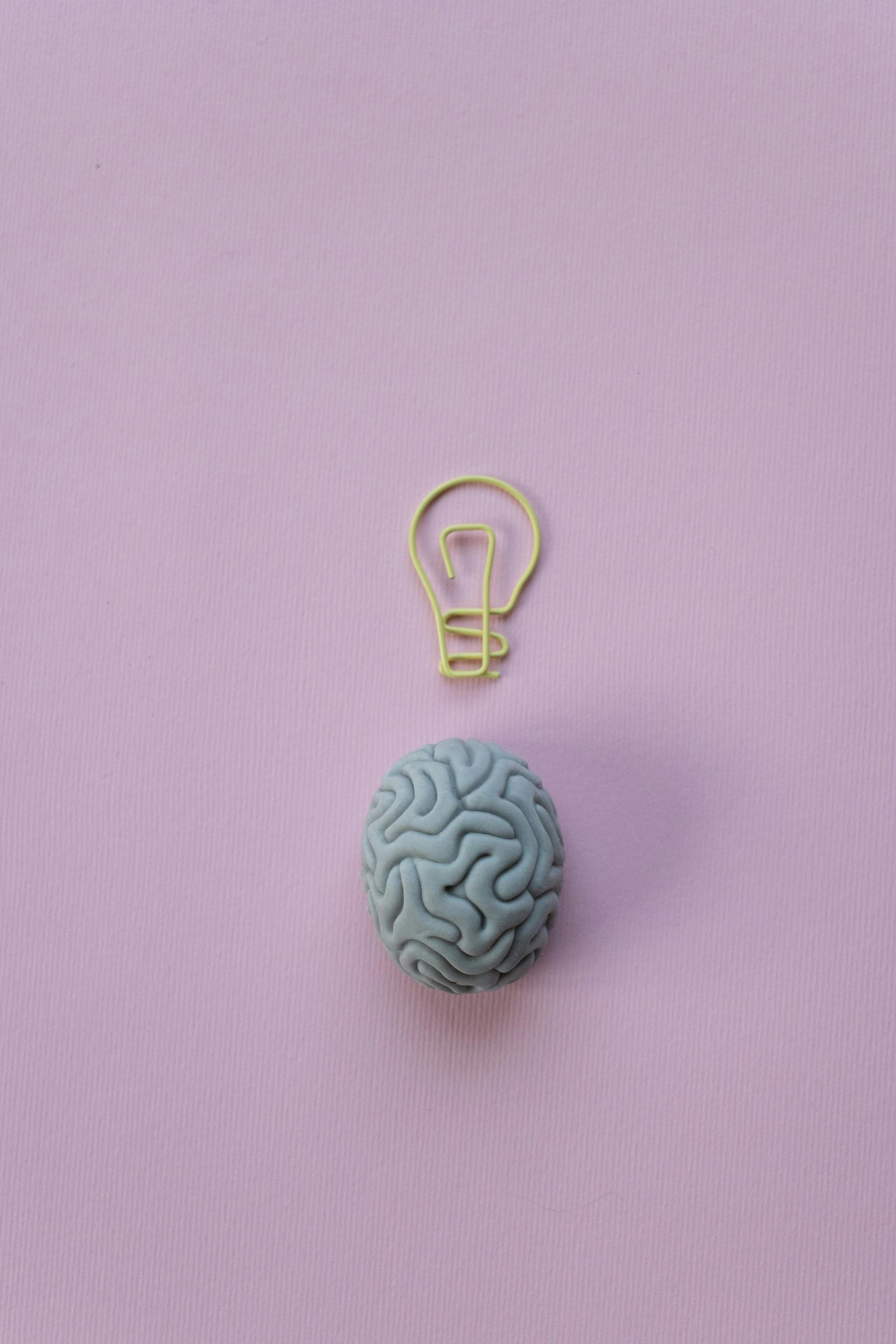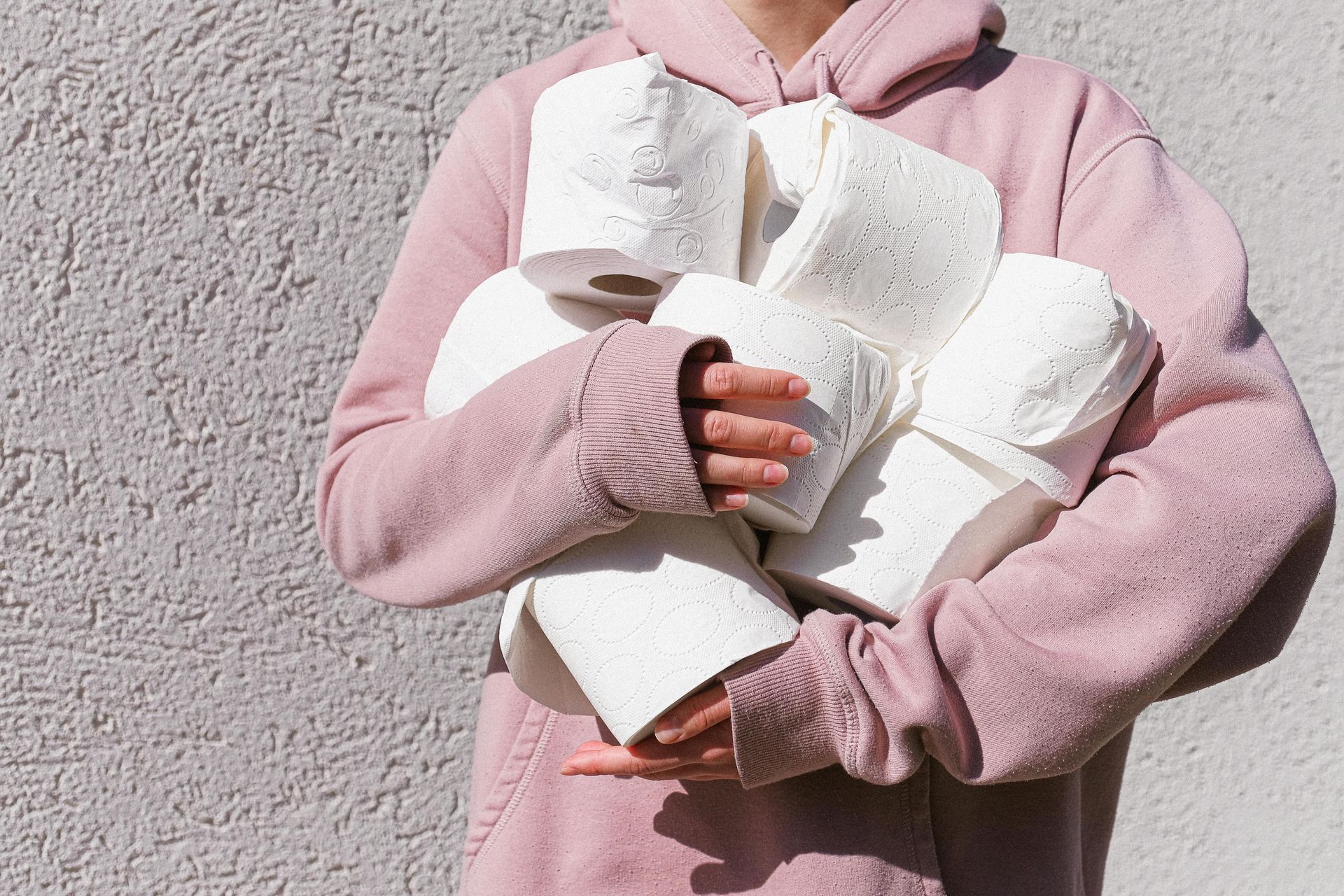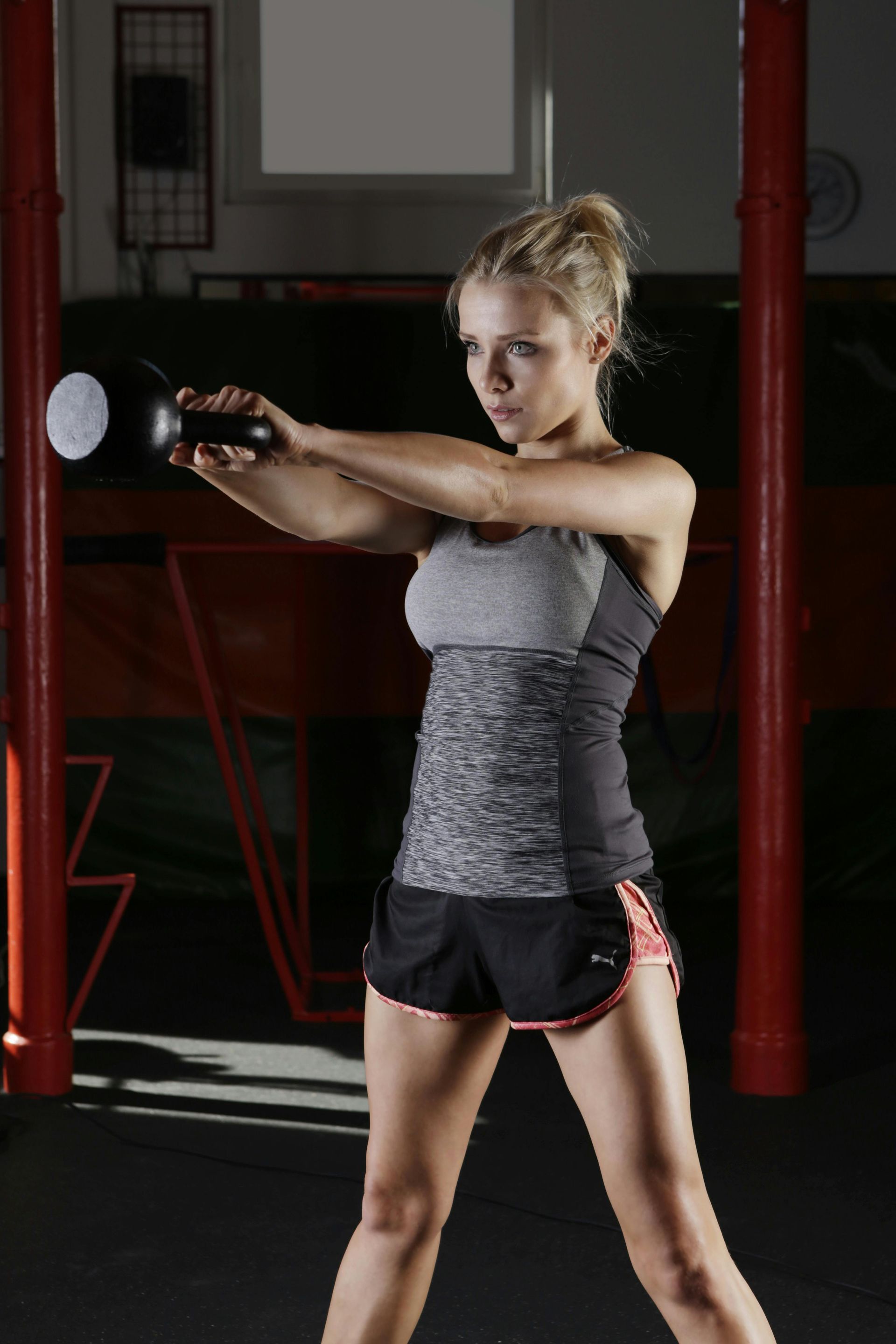Top Tips for Releasing Tight Calves & Feet
Jane Arlow • June 5, 2020
Always tripping up the stairs? Toes of your shoes scuffed?
When you're walking, even on the flat with a normal gait, your toes lift up before your heel strikes down and you roll through your foot to push off from the toes.
If you have a limited range of movement available to lift your toes, then you're going to trip over them. This is often the result of tight calves. You might experience tight calves if you're a runner or do other high impact sports. Or indeed if you do no impact sports, but spend a lot of time sitting at a desk.
Let's talk anatomy for a moment - essentially, the muscles responsible for lifting your toes are in the front of your leg down your shin and they are not big muscles. Your calf muscles (gastrocnemius and soleus) on the other hand are responsible for pointing your toes and they are waaaaay bigger than those down the front of your leg (Tibialis anterior and Extensor digitorum longus)
If your gastroc and soleus are shortened either as a result of overuse or as a result of sitting in the same shortened position all day, this means that they have a smaller range of movement available to them. So, unless the Tibialis ant and Extensor DL are super-strong, they are not going to be able to be able to pull the foot towards the shin against the pull of the big shortened muscles.
TLDR? Sitting down too much and over-use of your calf muscles will both cause you to have poor range of movement through the ankle which may cause you to trip over your feet.
Anatomy lesson over - let's speak about what you can do to improve your range of movement.
Firstly, my favourite - "self-myofascial release" or releasing your muscles with a foam roller and small hard ball.
It's always good with these releases to start at the bottom of your body and work your way up. So, we'll start by release out the muscles and the plantar fascia under the foot. Start with one heel on the ball - I tend to start on the outer side of the foot first. Press down on the ball with your heel and, keeping the pressure constant, roll the ball about two inches up your foot and one inch back (at a speed of about an inch a second, so two seconds up, one second back). Work all the way up to the ball of the foot and then repeat on the inner side.
You'll have noticed one or two spots that are more painful than the rest of the foot. When you've completed the rolling, return to each of those spots and press a little harder. Circle your foot on that spot, 3 rotations in each direction. Do this in as many spots as you need to! Don't forget to do the other foot.
Doing both feet will take you about 5 minutes - quite painful but in a good way. After finishing, take a moment to stand with both feet evenly on the floor and enjoy the feeling of being more grounded.
Once you've finished your feet, it's time to move onto your calves. Grab your foam roller. I like a knobbly roller that gets into the belly of the muscle. Fair warning, this is about a ten minute job.
Start by sitting on the floor with one leg resting on the foam roller just above your ankle. Cross the other ankle over the top to add extra weight and relax your feet. Rest your hands behind you on the floor and push your hands down to lift your butt off the floor. You want your body weight resting on the bottom leg on the roller. You'll move your body and leg so that you roll up two inches and back one. You'll do the outer side and lower half of the calf first, then the inner side and lower half, before moving on to the upper half of your calf. We're still looking for the extra tender spots. When you finish each half of the calf, go back to the tender spots and this time, resting on the spot, rock your calf from side to side over the tender spot about three times.
Repeat on the other leg.
If you really want to test if this is increasing your range of movement, try doing the foot and calf on one side of your body. Then sit with your legs outstretched and compare how much more range you have when you alternately point and flex your feet.
You should really do this every day, but even a couple of times a week will make a difference. You'll also notice that if you do it more frequently, it will hurt less.
I use a lacrosse ball which has just the right level of hardness and a Triggerpoint roller which has nice knobbly bits (other foam rollers are available). In the next post, we're talking stretch and strength, so keep an eye out.
It's worth noting that this sort of regular maintenance work can help you to avoid future flare-ups of Plantar Fasciitis, which can be very painful. Is this you? Check out my two blog posts on managing initial flare ups
and ongoing maintenance
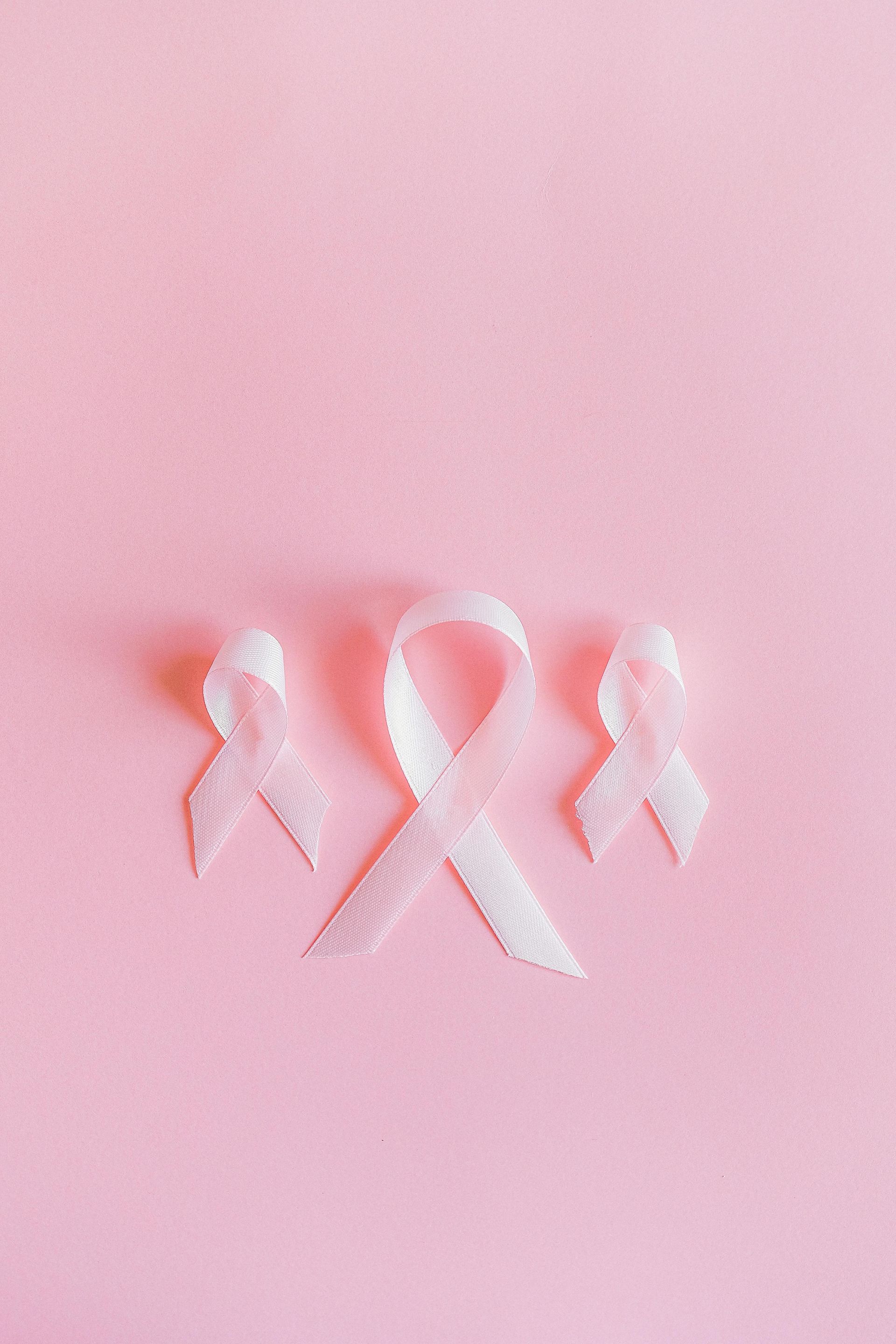
October's Breast Cancer Awareness Month and if you haven't done it recently, please let this be the nudge you need to give them a good feel up. Here 's a link to the NHS website below showing how to perform your check and what to look for. If you're one of my gentlemen readers, please don't think this doesn't apply to you. It does. Men can still get breast cancer. And if you find something that doesn't seem right, please contact your GP as soon as possible. 80-90% of lumps are likely to be benign, but for the small percentage of those that aren't, early detection and treatment are your best chances of having successful treatment and being around to annoy friends and family for a long time. Don't skip your mammogram I know having mammograms is really uncomfortable. But this is one of the best ways to check for cancers that aren't otherwise easily spotted. So if you get invited, please go. (And don't skip your smear test either!!!) Know your risk factors 1 in 7 women will get breast cancer in their lifetime. Here are some of the risk factors: - Age : older women are more likely to get breast cancer than younger women and age is the highest risk factor. - Genetics : Breast cancer risk is higher if you have first-degree relatives who've had it (although 85% of women with a relative with breast cancer WON'T get it). - Breast density (relates to the percentage of non-fatty tissue): the risk is highest for those with the most dense tissue. You can ask your radiographer to tell you whether you have dense tissue at your mammogram. - Lifestyle factors: These include having overweight or obesity, alcohol consumption, tobacco use and insufficient physical activity. - Exposure to endocrine disrupting chemicals: These "forever" chemicals, such as pthalates and parabens, show up in makeup and toiletries. Risk doesn't normally come from one exposure to one chemical, but from prolonged exposure to many different chemicals over a long period of time. You can read more about the risks here It's worth noting that even if you get a diagnosis, it's unlikely you'll ever know if there was "one thing" that caused it. What happens if you get a diagnosis of breast cancer? I am in no way competent to comment on the treatment plan your medical team recommend for you. Everyone I know who's had breast cancer has had a different treatment plan, depending on: the stage of cancer; whether it had spread further; whether it was hormone-receptive; whether it was due to genetic mutation; and the age of the woman. I do know that for all of us, it was a really scary time. You should be given access to resources outside of the surgical and oncology team, often via a Macmillan nurse, who can answer questions on topics from your treatment and reactions, to claiming for extra benefits. They're also great if you're not sure what questions to ask. While you're in the heat of the panic, it can be difficult to think clearly about what you need to know. Using "what should I be asking that I'm not?" is super helpful. Keep moving after your diagnosis, during and after treatment The one thing I can advise you on with all confidence, is to keep moving. Exercise is safe, possible and helpful for individuals with breast cancer, throughout the treatment cycle. In fact, international guidelines say you should try to get back to your normal activities as soon as possible. Exercise can help reduce the risk of cancer coming back; and may stop stage 1 cancers from growing further; and can also reduce treatment side effects like tiredness, cognitive impairment or lympoedema. Yes, you may need to dial back your usual activities if treatment leaves you feeling exhausted. But whenever you can, please aim for 150 minutes of exercise in every week. Many forms of treatment also lead to a higher osteoporosis risk, so please also do resistance-based and/or some impact-based exercise every week. I'd also recommend paying attention to shoulder mobility. Scar tissue and "guarding" of surgery sites can reduce your range of movement a lot. Check in with your medical team to confirm if there's any specific movements you should avoid during your treatment plan, and when you'll be signed off to go back to them. One last piece of advice someone else gave me... When you tell people you have cancer, a lot of them will have an opinion on your treatment plan. Especially if they're of the "my friend cured their cancer by just eating this one thing.." type. Unless this person is an oncologist, you can safely ignore them! So, what are you still doing reading this? Go off and give yourself a fondle!


